Unsure if your project is Permitted Development or requires a Householder Planning Application? Design & Development Associates specialises in turning your vision into reality with a seamless, professional planning service. Read below about our Permitted Development and Planning services.
Imagine your dream project moving forward without the stress of navigating ever-changing complex planning regulations. With over 12 years’ experience, we specialise in submitting, managing, and handling householder planning applications. What’s best of all, it is all part of our standard service.

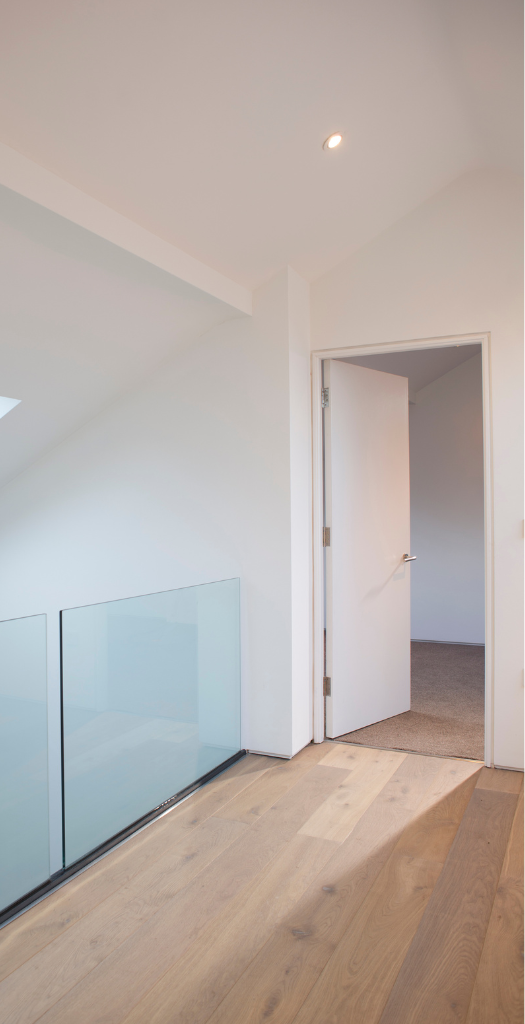
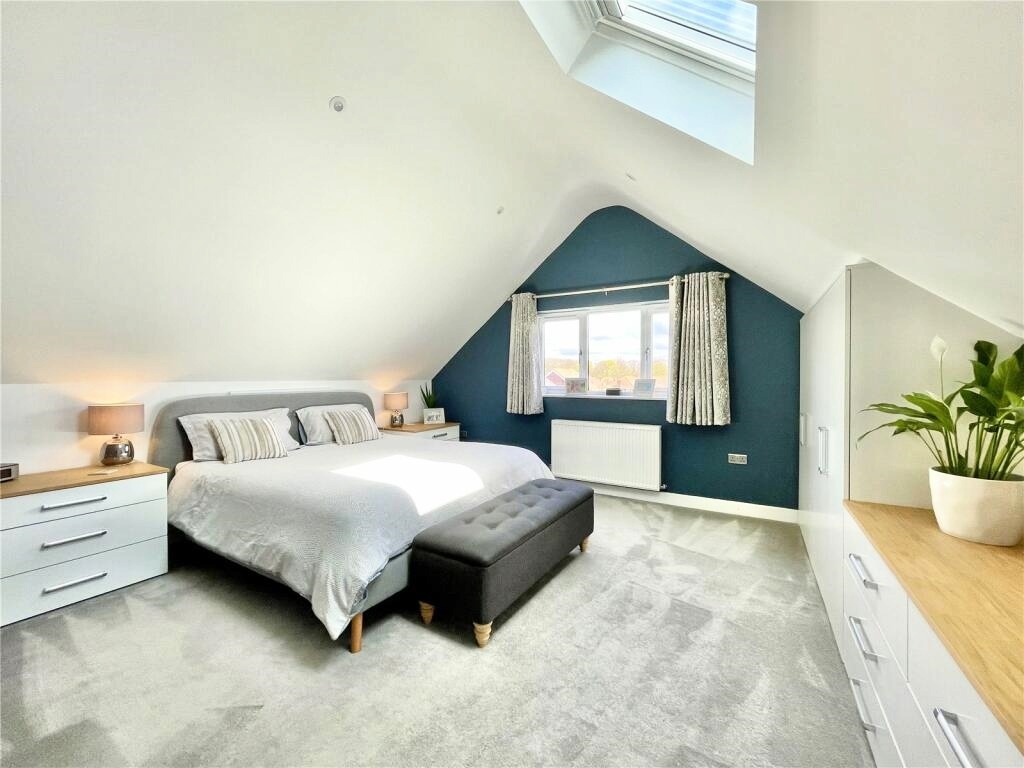
Once submitted, the Local Authority have 8 weeks to determine a Householder Planning Application. If they cannot determine an application in this time, they must write to request an extension of time.
A planning application submitted via the national planning portal costs £613. This is broken down into £528 paid to the Local Authority and £85 paid to the Planning Portal. Once we submit, you will receive a link to pay the fee either online or over the phone.
Once a planning application is submitted, a notice will be displayed around your property notifying the public. There is then a 28 day consultation period to allow people to write in either in support or objecting to the proposal.
We always recommend to consult neighbours in advance of any submission, as good relations making the building project a lot easier.
An objection does not always mean a planning refusal, but the officer will consider the objection. If the objection has merit, or a legitimate adverse impact is demonstrated by the objector, then the Planning Officer may request some minor tweaks to overcome the concern.
We liaise proactively with the Planning Officers during the application, and we find this proactive approach is well received. Often we can demonstrate no adverse impact is caused by the proposal, but if the Planning Officer wishes for amendments to be undertaken, we undertake these for free.
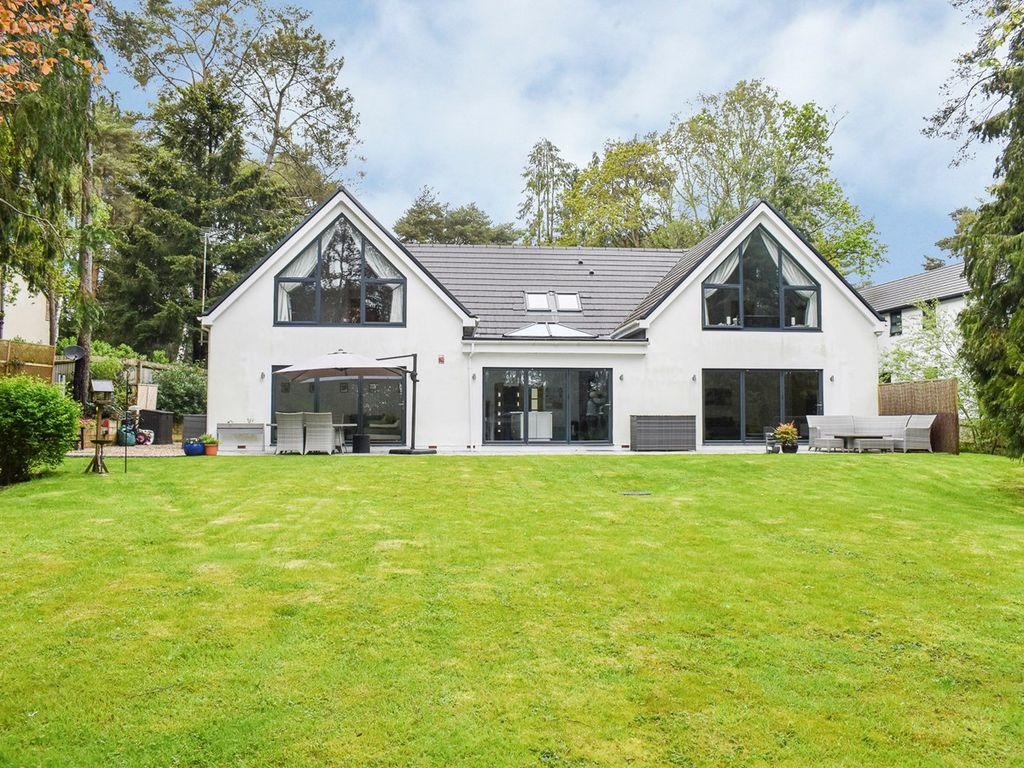
Dreaming of expanding your home or enhancing your property without the hassle of a full planning application? We specialise in permitted development services, helping you maximise your space quickly and confidently under the General Permitted Development Order.
The Permitted Development Order (PDO) is a set of rules in the UK that allows you to make certain changes or improvements to your property without needing full planning permission from the local council. It is affectedly a list of pre-approved projects that the government says are okay to do, as long as you follow specific guidelines.
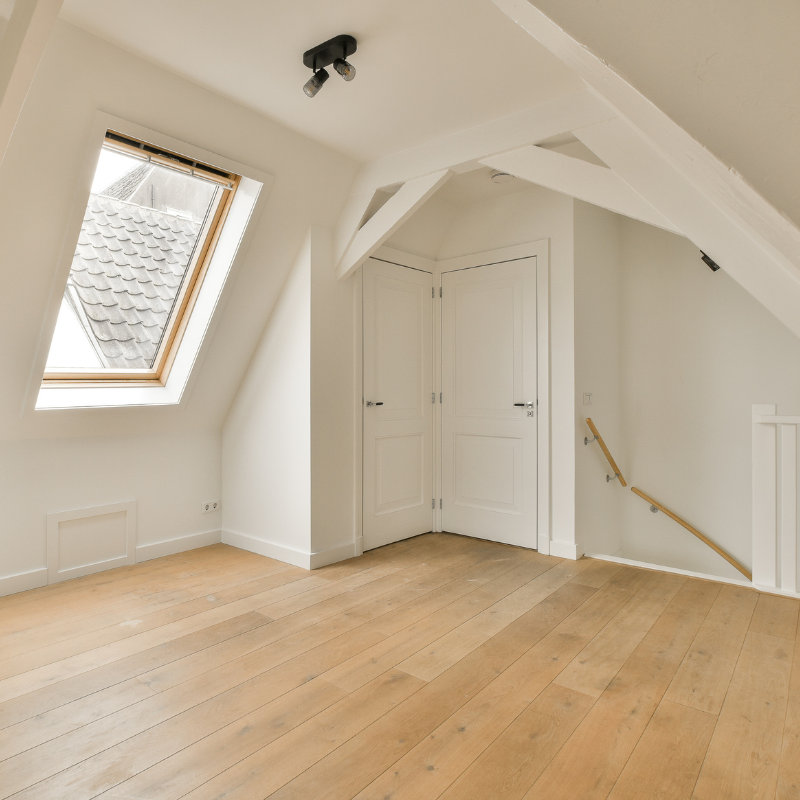
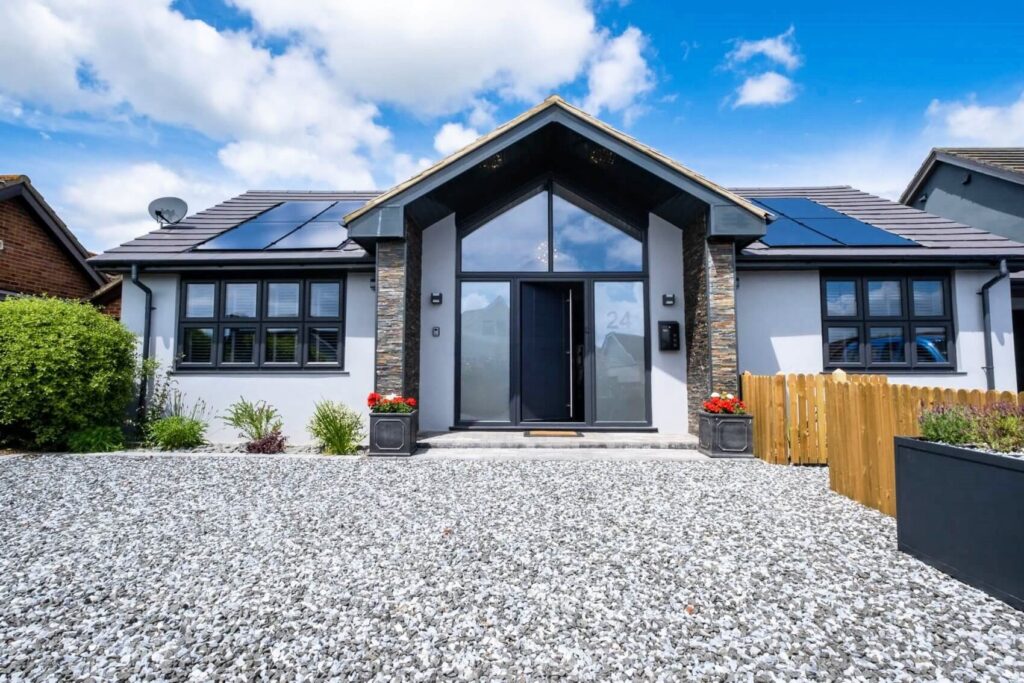
Flats do not normally have Permitted Development Rights, and if you live in a protected area such as a Conservation Area or National Park, the rules are stricter.
In simple terms, the PDO is like a shortcut for small, straightforward projects – saving you time and hassle – but you still need to double-check the rules to make sure your project qualifies. If it doesn’t, you’ll need to apply for householder planning permission the usual way.
If you think your project qualifies for Permitted Development, speak to Design & Development Associates for clear and concise guidance on how to tailor your project to comply with the legislation.
If your project does comply with the General Permitted Development Order, we recommend obtaining a Lawful Development Certificate. This is a document provided by the council confirming the proposal is permitted development and legal under planning laws. It provides indemnity against any planning enforcement action and is frequently requested by conveyancing solicitors upon the sale of your property.
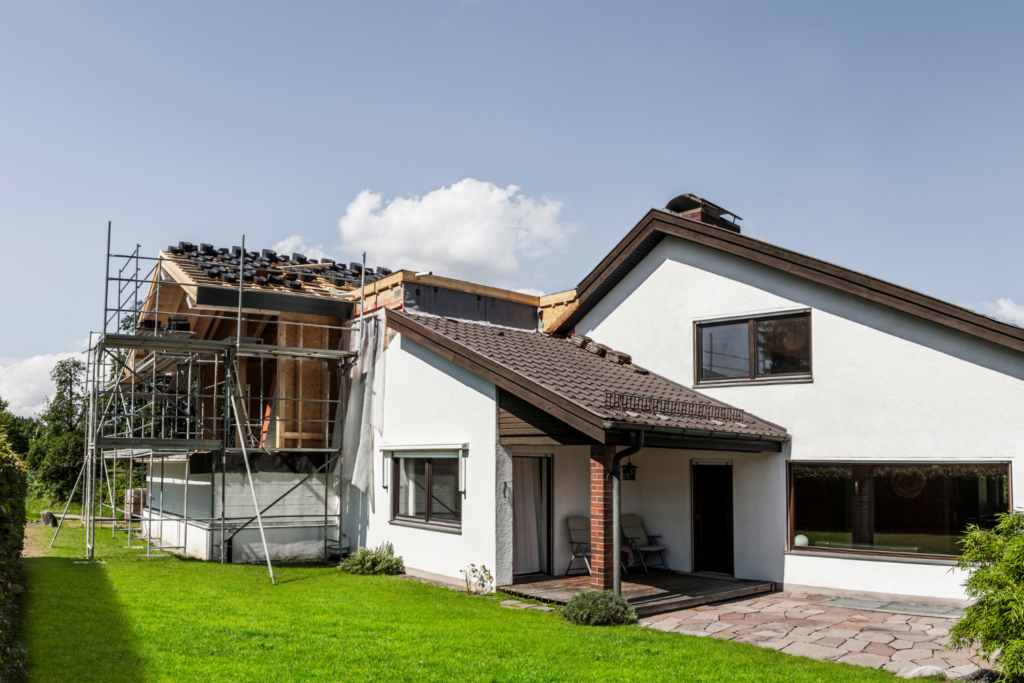
Permitted Development is a set of pre-approved rules for works you can undertake to your property. When the Local Authority Assess an application they can only comment if it complies with the Permitted Development Rules or not.
On a Householder Planning Application the entire proposal is assessed and reviewed, so there is much more Planning Officer judgement involved.
Yes. Local authorities can issue an Article 4 direction to remove permitted development rights in specific areas, requiring planning permission for works that would otherwise be allowed.
Previous planning applications can also have conditions which remove Permitted Development Rights so prior research is required before starting any Permitted Development project.
If works deviate on site and in turn no longer complies, the local authority may issue an enforcement notice, requiring you to undo the work or apply for retrospective planning permission. Non-compliance can also complicate property sales.
Once submitted BCP Council currently takes 8 weeks to produce a Lawful Development Certificate. Dorset County Council offers a fast-track Permitted Development service which takes around 4 weeks, but this response isn’t legally binding so a Lawful Development Certificate should be obtained afterwards.
We Cover
Powered by SEOFlatrate